Home>Home Maintenance>What Is The Ventilation System
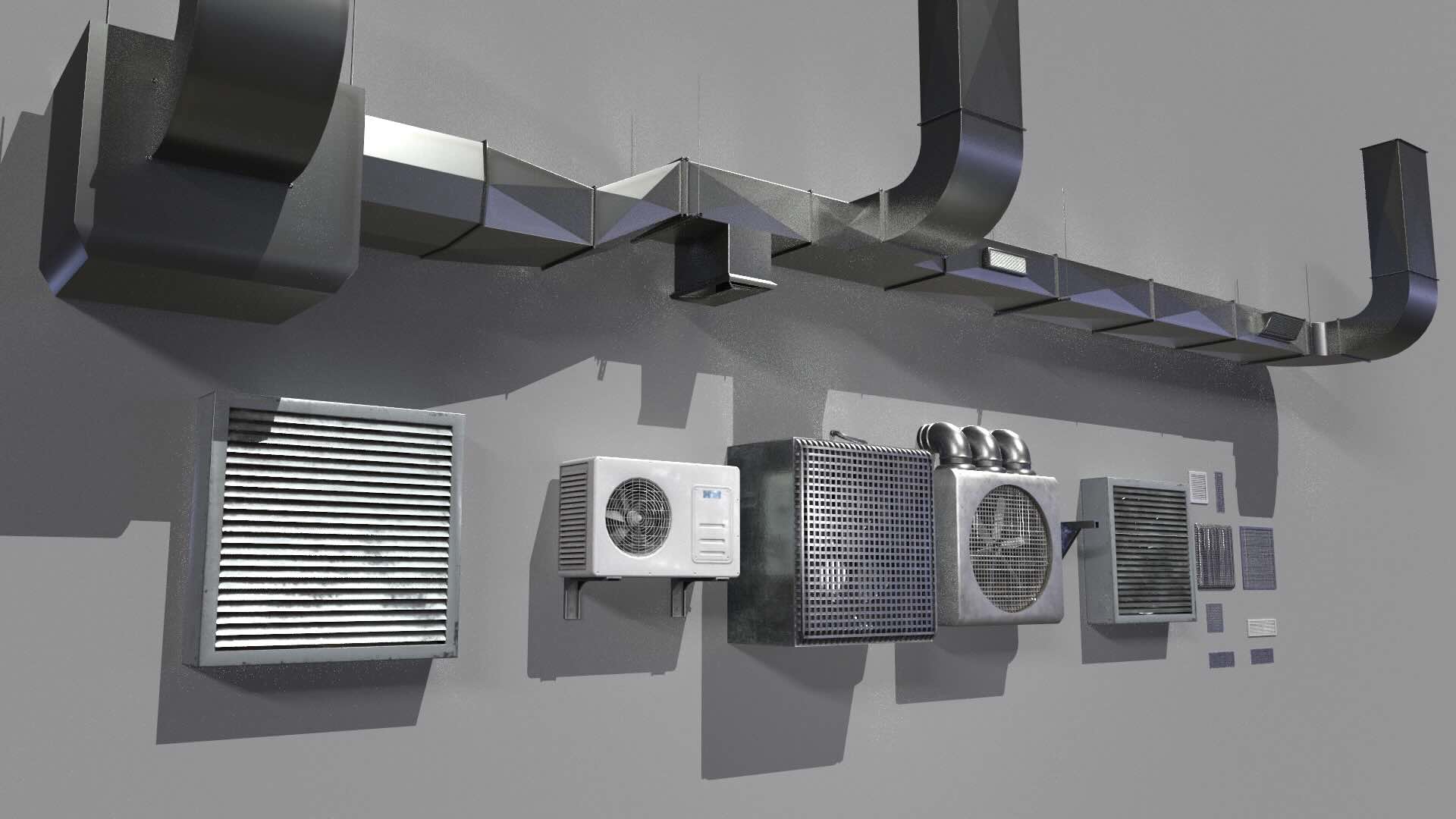

Home Maintenance
What Is The Ventilation System
Modified: August 28, 2024
Learn about the importance of a ventilation system for your home maintenance. Discover how it helps maintain indoor air quality and prevents condensation and mold.
(Many of the links in this article redirect to a specific reviewed product. Your purchase of these products through affiliate links helps to generate commission for Storables.com, at no extra cost. Learn more)
Introduction
Welcome to the world of home maintenance, where taking care of your living space is essential for comfort, safety, and longevity. One crucial aspect of home maintenance is ensuring proper ventilation throughout your house. In this article, we will delve into the world of ventilation systems, exploring their definition, importance, different types, and the benefits they bring to your home. We will also provide you with some helpful insights on how to design, maintain and care for your ventilation system.
But first, let’s understand what a ventilation system is and why it is so essential for your home.
Key Takeaways:
- Proper ventilation systems are essential for maintaining clean, healthy air in your home, preventing respiratory issues, controlling humidity, and promoting energy efficiency.
- Regular maintenance, including cleaning filters, inspecting ductwork, and addressing condensation, is crucial for ensuring the longevity and optimal performance of your ventilation system.
Read more: What Is A Range Hood
Definition of Ventilation System
A ventilation system refers to a network of components and mechanisms designed to circulate and exchange air within a building to maintain indoor air quality and regulate temperature and humidity levels. It involves the process of removing stale air, pollutants, and moisture from the indoors and replacing it with fresh, filtered air from the outside.
Proper ventilation is crucial for maintaining a healthy living environment. It helps to remove airborne contaminants such as dust, allergens, volatile organic compounds (VOCs), and odors. It also helps to regulate indoor humidity levels, preventing the growth of mold and mildew, which can have detrimental effects on both the structure of your home and your health.
Ventilation systems play a vital role in controlling temperature as well. They can help distribute cool air in the summer and warm air in the winter, reducing the need for excessive heating or cooling. This not only contributes to energy efficiency but also helps to create a comfortable living space for you and your family.
Overall, a ventilation system acts as the hub for maintaining a healthy and comfortable indoor environment by removing stale air, controlling pollutants, and creating a constant flow of fresh, clean air.
Importance of Ventilation System
A properly functioning ventilation system is of utmost importance for several reasons. Let’s explore the key benefits it provides:
- Improved Indoor Air Quality: One of the primary functions of a ventilation system is to remove pollutants, allergens, and stale air from your home. It helps to prevent the buildup of harmful substances and odors, ensuring that the air you breathe is clean and healthy.
- Health Benefits: Good air quality plays a significant role in promoting good health and reducing respiratory problems, allergies, and asthma. A well-ventilated home can minimize the risk of respiratory issues by removing airborne contaminants and irritants.
- Moisture Control: Excessive moisture in the air can lead to the growth of mold, mildew, and bacteria, which can compromise both the structural integrity of your home and your health. Proper ventilation helps to control humidity levels, preventing moisture-related issues and promoting a dry, comfortable living environment.
- Temperature Regulation: A ventilation system helps to regulate the temperature in your home, creating a comfortable living space all year round. It can distribute cool air during the summer months and help circulate warm air during the winter, reducing the need for excessive heating or cooling and saving energy.
- Energy Efficiency: By maintaining a balanced airflow and controlling temperature and humidity levels, a ventilation system can contribute to energy efficiency. It reduces the need for excessive heating or cooling, resulting in lower energy bills.
Additionally, a well-ventilated home provides a more pleasant and inviting living environment. It helps to eliminate stuffy air, musty odors, and stagnant air, creating a fresh and comfortable atmosphere.
Given the multitude of benefits, it is evident that a ventilation system is a vital component of any home maintenance plan. It ensures the well-being, comfort, and longevity of your home and the health of its occupants.
Components of a Ventilation System
A ventilation system consists of various components that work together to ensure the proper circulation of air within your home. These components include:
- Air Intakes: These are vents or openings in your home where fresh air enters. They are strategically placed to allow for the intake of outdoor air.
- Air Exhausts: These vents or openings are responsible for expelling stale air, odors, and pollutants from your home. They are typically located in areas such as bathrooms, kitchens, and utility rooms.
- Air Distributors: Air distributors, such as ductwork or vents, help to distribute the fresh air throughout your home. They ensure that the air is evenly distributed, promoting optimal air quality and temperature control in every room.
- Air Filters: Air filters are essential for trapping airborne particles, allergens, and pollutants. They ensure that the air entering your home is clean and free from contaminants. Regularly cleaning or replacing these filters is crucial to maintain the system’s effectiveness.
- Fans: Fans play a pivotal role in facilitating the movement of air within the ventilation system. They help to circulate the air, ensuring a continuous flow and preventing stagnant air in your home.
- Controls and Sensors: Modern ventilation systems often come equipped with controls and sensors to optimize performance and energy efficiency. These controls allow you to adjust settings, set timers, and monitor the system’s operation.
It’s important to note that the specific components of a ventilation system may vary depending on the type of system you have installed in your home. Whether you have a natural ventilation system relying on windows and vents or a mechanical system with fans and ductwork, proper installation and maintenance of these components are essential for the efficient and effective operation of your ventilation system.
Types of Ventilation Systems
There are two main types of ventilation systems commonly used in homes: natural ventilation and mechanical ventilation. Let’s explore each type in detail:
Read more: What Is A Range Hood Filter
Natural Ventilation:
Natural ventilation relies on natural forces such as wind and temperature differences to circulate fresh air within your home. It involves the strategic placement of windows, doors, and vents to facilitate the movement of air. There are several methods of natural ventilation:
- Windows and Doors: Opening windows and doors allows for the exchange of indoor and outdoor air. Cross-ventilation, where windows or doors are positioned on opposite sides of a room, can create a natural airflow.
- Ventilation Vents: Vents are strategically placed throughout the home to allow air to enter and exit. These vents are usually located in areas where airflow is essential, such as bathrooms, kitchens, and utility rooms.
- Atriums and Courtyards: These architectural features create a central open space that allows for natural airflow throughout the home.
Natural ventilation is energy-efficient and can provide a good source of fresh air. However, its effectiveness may depend on factors such as climate, wind patterns, and the layout of your home. In some cases, additional mechanical ventilation systems may be necessary to supplement natural ventilation.
Mechanical Ventilation:
Mechanical ventilation involves the use of mechanical devices such as fans, ducts, and controls to circulate and exchange air within your home. It can provide more controlled and consistent airflow compared to natural ventilation. There are different types of mechanical ventilation systems:
- Exhaust-only Ventilation: This system uses exhaust fans to remove stale air from your home. It relies on natural air inlets, such as windows or vents, to allow fresh air to enter. These systems are often installed in areas prone to moisture, such as bathrooms and kitchens, to remove odors and excess humidity.
- Supply-only Ventilation: In a supply-only ventilation system, fresh air is supplied into your home through fans or ducts. Stale air is then expelled through natural openings. This method can help maintain positive air pressure within your home, preventing contaminants from entering.
- Balanced Ventilation: Balanced ventilation systems use both exhaust and supply fans to introduce fresh air and expel stale air. These systems work together to maintain a balance of airflow, ensuring consistent air circulation throughout your home.
- Heat Recovery Ventilation (HRV) and Energy Recovery Ventilation (ERV): HRV and ERV systems are advanced mechanical ventilation systems that not only exchange air but also recover heat or coolness from the outgoing air and transfer it to the incoming air. This helps to maintain a comfortable indoor temperature while promoting energy efficiency.
The type of ventilation system that is best for your home will depend on factors such as climate, local building codes, and the specific needs of your household. Consulting with a professional can help you determine the most suitable ventilation system for your home.
Natural Ventilation
Natural ventilation is a type of ventilation system that utilizes natural forces such as wind and temperature differences to circulate fresh air within a building. It is a passive method of maintaining indoor air quality and regulating temperature and humidity levels. Natural ventilation relies on the strategic placement of windows, doors, vents, and architectural features to facilitate the flow of air.
There are several methods of achieving natural ventilation:
- Windows and Doors: Opening windows and doors allows for the exchange of indoor and outdoor air. It creates a pathway for fresh air to come in and stale air to exit. Cross-ventilation, where windows or doors are positioned on opposite sides of a room, promotes effective airflow.
- Ventilation Vents: Installing ventilation vents in specific areas of the home, such as bathrooms, kitchens, and utility rooms, can enhance natural airflow. These vents help remove odors, moisture, and pollutants from the indoor environment.
- Atriums and Courtyards: Architectural features like atriums or courtyards can act as central open spaces within a building. They allow for natural airflow to permeate multiple rooms and levels, facilitating a continuous flow of fresh air throughout the space.
Natural ventilation offers several advantages:
- Energy Efficiency: Natural ventilation can help reduce the reliance on mechanical cooling and heating systems, resulting in energy savings. By harnessing natural air movement, homeowners can decrease their carbon footprint and lower energy costs.
- Improved Air Quality: Fresh air from the outdoors replaces stale indoor air, which can be laden with pollutants, allergens, and odors. Natural ventilation helps remove these contaminants, providing a healthier indoor environment.
- Enhanced Comfort: Proper natural ventilation promotes better thermal comfort by reducing excessive heat or humidity in the building. It creates a pleasant living space that is well-ventilated and helps regulate indoor temperatures.
- Connection with Nature: Natural ventilation allows occupants to experience the benefits of being connected to the natural world. It brings in the fresh scent of the outdoors and creates a sense of openness and vitality within the living space.
However, natural ventilation does have limitations. It is highly dependent on external environmental factors such as wind patterns, outdoor air quality, and climate conditions. It may not provide sufficient airflow in areas with low wind speeds or in highly polluted or noisy environments. In such cases, a combination of natural ventilation and mechanical ventilation may be necessary.
To optimize natural ventilation in your home, it’s important to consider factors such as the orientation of your windows, the positioning of doors, the layout of your rooms, and the surrounding landscape. Additionally, using window coverings, such as blinds or curtains, can help control the amount of airflow and sunlight entering your home.
Overall, natural ventilation offers a sustainable and cost-effective way to improve indoor air quality and enhance the comfort of your living environment. By utilizing the natural forces of air movement, you can create a healthy and refreshing ambiance within your home.
Mechanical Ventilation
Mechanical ventilation is a type of ventilation system that utilizes mechanical devices, such as fans, ducts, and controls, to circulate and exchange air within a building. Unlike natural ventilation, which relies on natural forces, mechanical ventilation provides a controlled and consistent airflow throughout the home. It is often used in conjunction with natural ventilation or as a standalone system to ensure optimal indoor air quality and thermal comfort.
There are different types of mechanical ventilation systems:
- Exhaust-Only Ventilation: In an exhaust-only ventilation system, fans are used to expel stale air and pollutants from the building. Typically, exhaust fans are installed in areas with high moisture levels, such as bathrooms and kitchens. As the stale air is extracted, fresh outdoor air enters through natural openings or vents present in other parts of the building.
- Supply-Only Ventilation: Supply-only ventilation involves the use of fans or ducts to introduce fresh outdoor air into the building. Stale indoor air is expelled through natural openings. This creates positive pressure inside the building, preventing outdoor contaminants from entering. Supply-only systems are commonly used in areas where outdoor air quality is better than indoor air quality.
- Balanced Ventilation: A balanced ventilation system combines both supply and exhaust fans to ensure a balanced exchange of indoor and outdoor air. This type of system provides control over both the intake and exhaust of air, allowing for a more precise regulation of indoor air quality and temperature.
- Heat Recovery Ventilation (HRV) and Energy Recovery Ventilation (ERV): HRV and ERV systems are advanced mechanical ventilation systems that not only exchange air but also recover heat or coolness from the outgoing air and transfer it to the incoming air. This heat transfer helps maintain a comfortable indoor temperature while conserving energy.
These mechanical ventilation systems offer several benefits:
- Improved Indoor Air Quality: Mechanical ventilation systems efficiently remove pollutants, allergens, and odors from the indoor environment. They provide a constant supply of fresh, filtered air, ensuring a healthier living space.
- Enhanced Thermal Comfort: Mechanical ventilation systems help regulate indoor temperature and humidity levels, providing a comfortable living environment throughout the year.
- Controlled Airflow: By using fans and ducts, mechanical ventilation systems enable greater control over airflow distribution. This allows homeowners to direct air to specific rooms or areas as needed.
- Energy Efficiency: Modern mechanical ventilation systems are designed to be energy-efficient. By implementing features such as variable speed fans and heat recovery systems, they help minimize energy consumption and reduce overall utility costs.
- Noise Control: Mechanical ventilation systems can help reduce external noise by creating positive pressure inside the building, blocking out unwanted sounds from the surroundings.
It is important to note that mechanical ventilation systems require proper installation, regular maintenance, and periodic filter cleaning or replacement to ensure their optimal performance. Consulting with a professional HVAC technician can help determine the most suitable mechanical ventilation system for your home, as well as ensure compliance with local building codes and regulations.
By implementing a mechanical ventilation system, homeowners can achieve superior air quality, thermal comfort, and energy efficiency, providing a healthier and more enjoyable living environment for themselves and their families.
Regularly clean and maintain your ventilation system to ensure proper air flow and prevent the buildup of dust and allergens. This will help improve indoor air quality and keep your system running efficiently.
Read more: What Height Should A Range Hood Be
Benefits of Ventilation System
A well-designed and properly functioning ventilation system offers numerous benefits for your home and its occupants. Let’s explore some of the key advantages:
- Improved Indoor Air Quality: One of the primary benefits of a ventilation system is the significant improvement in indoor air quality. It helps remove pollutants, allergens, and odors, ensuring that the air you breathe is clean, fresh, and healthy. This is particularly important for individuals with respiratory issues or allergies.
- Healthier Living Environment: By reducing the concentration of contaminants in the air, a ventilation system creates a healthier living environment. It helps minimize the risk of respiratory problems, asthma, and other health issues associated with poor air quality.
- Moisture and Mold Control: Ventilation systems play a crucial role in controlling indoor humidity levels. By removing excess moisture from the air, they help prevent the growth of mold, mildew, and bacteria. This not only safeguards the structural integrity of your home but also protects the health of its occupants.
- Temperature and Comfort Regulation: A ventilation system contributes to temperature regulation within your home. It helps distribute cool air during the summer months and circulate warm air in winter, creating a comfortable living space throughout the year. This can reduce the reliance on heating and cooling systems, resulting in energy savings.
- Energy Efficiency: Properly designed and maintained ventilation systems can enhance energy efficiency in your home. By providing consistent airflow, they reduce the need for excessive heating or cooling, resulting in lower energy consumption and reduced utility bills.
- Odor and Smoke Removal: A ventilation system helps expel unpleasant odors, cooking smells, and smoke from the indoor environment. It keeps your home smelling fresh and prevents the accumulation of lingering odors.
- Condensation Prevention: Condensation buildup on windows and surfaces can lead to moisture-related issues and damage. A ventilation system helps reduce condensation by regulating humidity levels and maintaining a balanced indoor environment.
- Noise Control: A properly installed ventilation system can help reduce external noise by creating positive pressure inside the building. It forms a barrier, blocking out unwanted sounds and providing a calmer and more peaceful living environment.
- Increased Property Value: Installing a ventilation system can enhance the value of your property. Proper ventilation is considered an important aspect of a well-maintained and energy-efficient home, making it more attractive to potential buyers.
It is important to note that the benefits of a ventilation system can vary depending on factors such as the type of system, its design, installation, and maintenance. Consulting with a professional HVAC technician can help determine the most suitable ventilation system for your home, ensuring optimal performance and maximizing the benefits it provides.
Overall, investing in a quality ventilation system is a wise decision that contributes to the health, comfort, energy efficiency, and value of your home, creating a welcoming and pleasant living environment for you and your family.
Factors to Consider in Ventilation System Design
When designing a ventilation system for your home, several factors need to be taken into consideration to ensure its effectiveness and efficiency. Let’s explore some of the key factors:
- Building Size and Layout: The size and layout of your home will influence the design of the ventilation system. It is essential to assess the number of rooms, their arrangement, and the overall square footage to determine the appropriate ventilation capacity needed.
- Occupant Needs and Activities: Consider the number of occupants in your home and their specific needs and activities. For instance, a larger family or a home office may require increased ventilation to accommodate higher occupancy and potential pollutants.
- Airflow Requirements: Evaluate the airflow requirements for each room or area in your home. Areas such as kitchens, bathrooms, and utility rooms may require higher ventilation rates due to increased moisture or pollutant generation.
- Climate Considerations: Take into account the climate conditions in your region, such as temperature extremes, humidity levels, and air quality. This will influence the ventilation system design and the selection of appropriate control parameters.
- Local Building Codes and Regulations: It is crucial to adhere to local building codes and regulations regarding ventilation system design. Compliance with these guidelines ensures the safety and efficiency of your ventilation system.
- Noise Control: Consider noise control measures when designing your ventilation system. Select fans and equipment that operate at lower noise levels to ensure a quiet and comfortable living environment.
- Filtration and Air Cleaning: Determine the level of filtration and air cleaning required for your ventilation system. Consider using filters that can efficiently capture allergens, dust particles, and pollutants, ensuring better indoor air quality.
- Energy Efficiency: Design your ventilation system with energy efficiency in mind. Consider features such as variable speed fans, heat recovery systems, and controls that optimize airflow while minimizing energy consumption.
- Maintenance and Accessibility: Plan for regular maintenance and accessibility of the ventilation system components. This includes easy access to filters, fans, and other equipment for cleaning, repair, and replacement.
- Professional Consultation: Seek the expertise of a professional HVAC technician or ventilation system designer. They can assess your specific needs, conduct airflow calculations, and provide guidance on the most suitable system design for your home.
By carefully considering these factors during the design phase, you can ensure that your ventilation system is tailored to meet the specific requirements of your home and its occupants. A well-designed ventilation system will provide optimal airflow, improve indoor air quality, promote energy efficiency, and contribute to a healthy and comfortable living environment.
Maintenance and Care of Ventilation Systems
Maintaining and caring for your ventilation system is essential to ensure its optimal performance, energy efficiency, and longevity. Regular maintenance helps prevent issues such as poor air quality, reduced airflow, and potential breakdowns. Here are some important maintenance tasks to keep in mind:
- Regular Cleaning: Clean the various components of your ventilation system regularly. This includes cleaning or replacing air filters, cleaning fan blades, and removing debris from vents and ducts. Clean filters contribute to better air quality and prevent the buildup of dust and allergens. Proper airflow is crucial for the efficient operation of your system.
- Inspect and Clean Ductwork: Periodically inspect the ductwork for any leaks, blockages, or damage. Clean the ducts to remove dust, dirt, and other debris that can accumulate over time. This ensures proper airflow and prevents contaminants from being circulated throughout your home.
- Check and Maintain Fans: Fans are integral to the operation of your ventilation system. Regularly inspect and clean the fan blades to remove dust and debris. Lubricate fan motors as recommended by the manufacturer to ensure smooth and quiet operation.
- Monitor Control Systems: If your ventilation system has control systems or sensors, periodically check and calibrate them to ensure accurate readings and optimal system performance. Replace batteries and test the controls regularly to avoid any malfunctions.
- Address Condensation Issues: If you notice condensation on windows, walls, or ceilings, it may indicate excessive moisture in your home. This can be a result of poor ventilation. Address the underlying cause of the condensation, such as high humidity levels, and consider installing additional ventilation or dehumidification measures.
- Professional Inspections: Schedule regular professional inspections of your ventilation system. A qualified HVAC technician can identify any potential issues, perform thorough cleaning and maintenance, and make recommendations for improvements or repairs.
- Replace Filters: Air filters should be replaced according to the manufacturer’s guidelines or as advised by your HVAC technician. Dirty or clogged filters restrict airflow and reduce the efficiency of your system. Regularly replacing filters ensures better air quality and optimal system performance.
- Control Moisture and Humidity: Proper moisture control is crucial for maintaining a healthy ventilation system. Use exhaust fans in bathrooms and kitchens to remove excess moisture. Consider using dehumidifiers or ventilation fans in areas prone to high humidity, such as basements or laundry rooms.
- Monitor and Address Strange Noises or Odors: If you notice any unusual noises or odors coming from your ventilation system, it may indicate a potential problem. Contact a professional HVAC technician to inspect and diagnose the issue promptly.
- Stay Informed: Keep yourself informed about the maintenance requirements and recommendations specific to your ventilation system. Consult the manufacturer’s manuals or seek guidance from professionals to ensure proper care and maintenance.
Remember, regular maintenance and care of your ventilation system can prolong its lifespan, optimize performance, and provide a healthier and more comfortable living environment. By incorporating these maintenance tasks into your home maintenance routine, you can ensure that your ventilation system continues to operate effectively for years to come.
Conclusion
A ventilation system is a crucial component of maintaining a healthy and comfortable living environment in your home. Whether you opt for natural ventilation that harnesses the power of natural forces or a mechanical ventilation system that relies on mechanical devices, both types provide numerous benefits.
A properly designed and maintained ventilation system improves indoor air quality, removes pollutants and odors, and helps regulate temperature and humidity levels. It promotes a healthier living environment, reduces the risk of respiratory issues, and prevents the growth of mold and mildew. Ventilation systems also contribute to energy efficiency by reducing the need for excessive heating or cooling.
When designing a ventilation system, factors such as building size, occupant needs, airflow requirements, climate, and local building codes should be considered. Seeking professional guidance ensures that your ventilation system is tailored to your home’s specific requirements and maximizes its effectiveness.
Regular maintenance and care are crucial for the longevity and optimal performance of your ventilation system. Cleaning filters, inspecting and cleaning ductwork, maintaining fans, and monitoring control systems are essential tasks to keep your system running smoothly. Addressing condensation issues, scheduling professional inspections, and staying informed about your system’s maintenance requirements are also important for the care of your ventilation system.
In conclusion, a well-designed and properly maintained ventilation system contributes to a healthier, more comfortable, and energy-efficient home. It creates a refreshing and pleasant living environment for you and your family, ensuring that you can breathe easy in the comfort of your own home.
Frequently Asked Questions about What Is The Ventilation System
Was this page helpful?
At Storables.com, we guarantee accurate and reliable information. Our content, validated by Expert Board Contributors, is crafted following stringent Editorial Policies. We're committed to providing you with well-researched, expert-backed insights for all your informational needs.
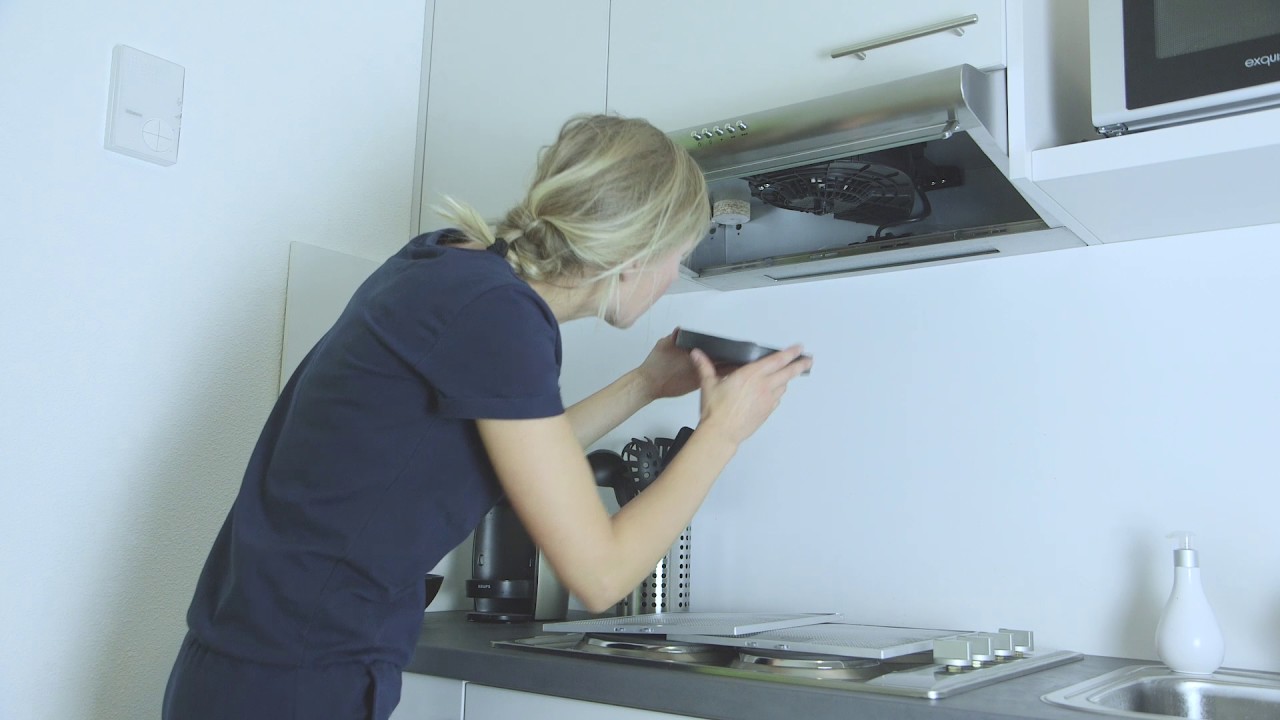
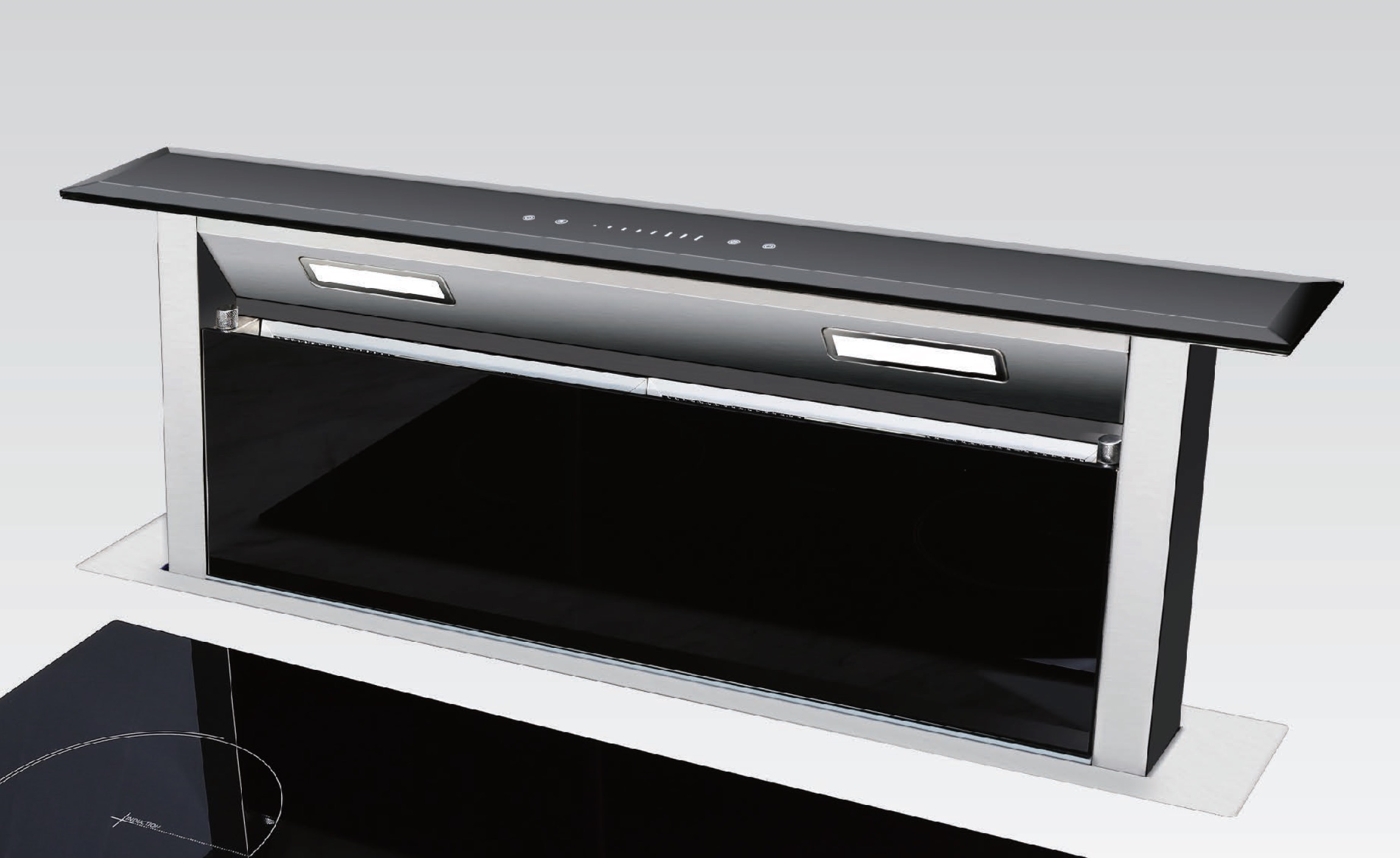
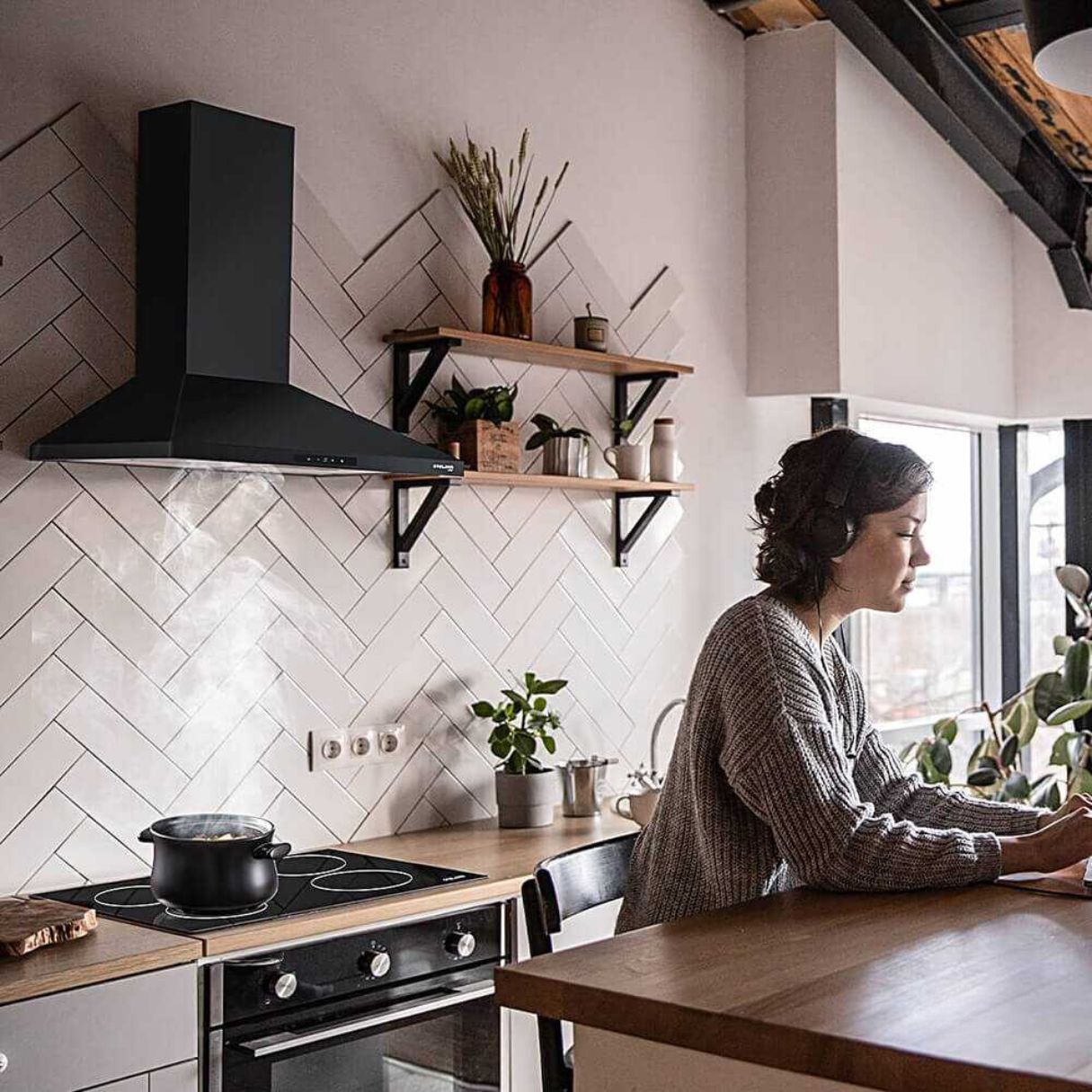
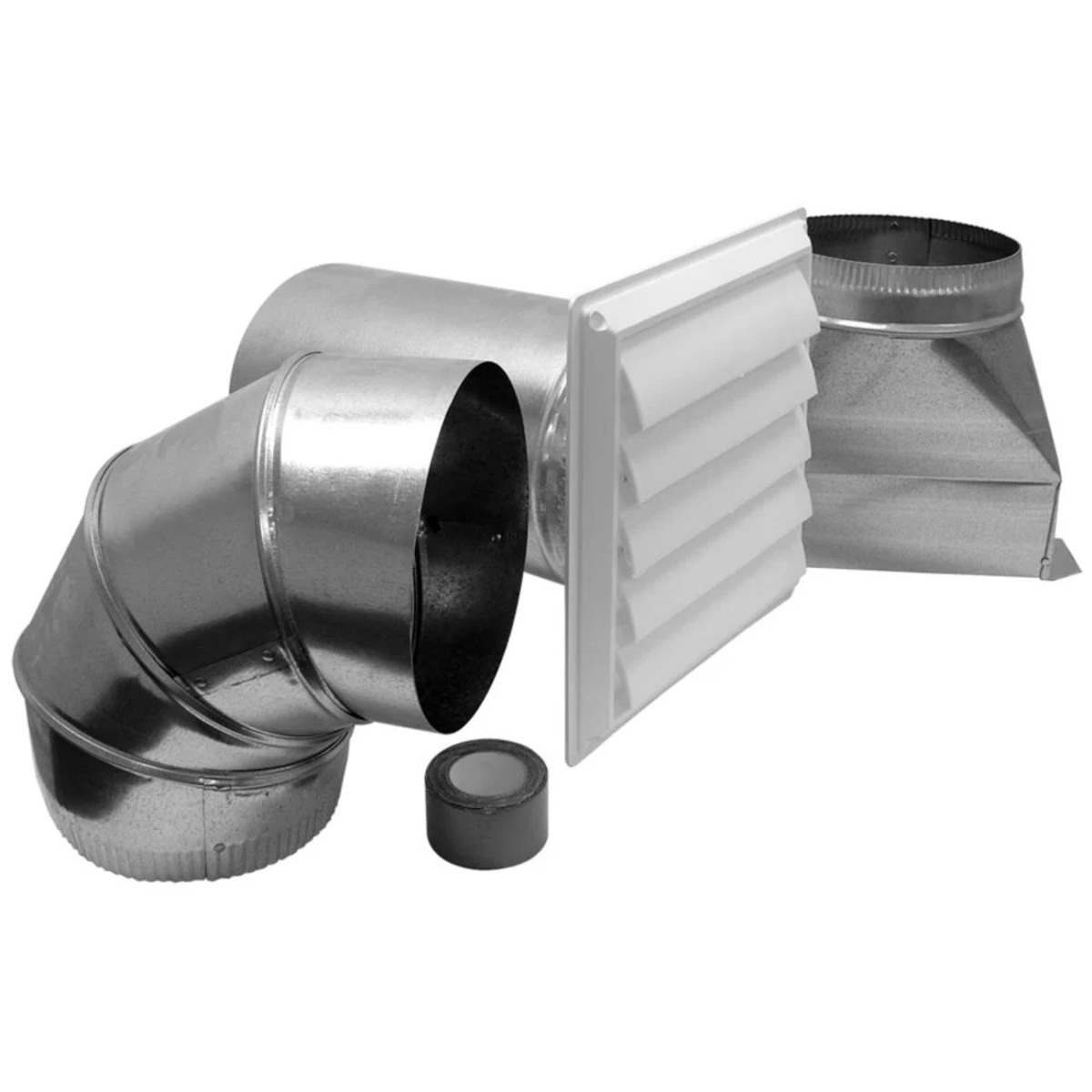
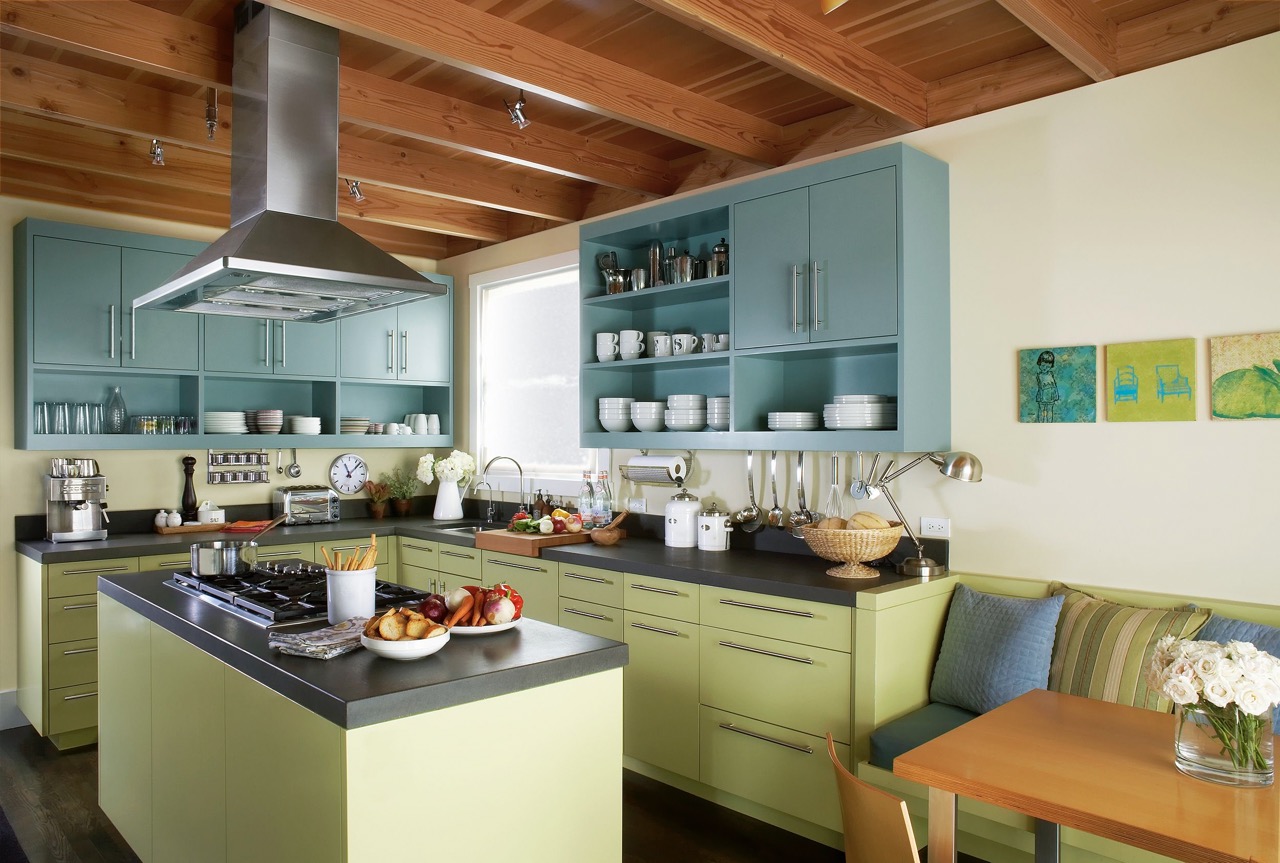
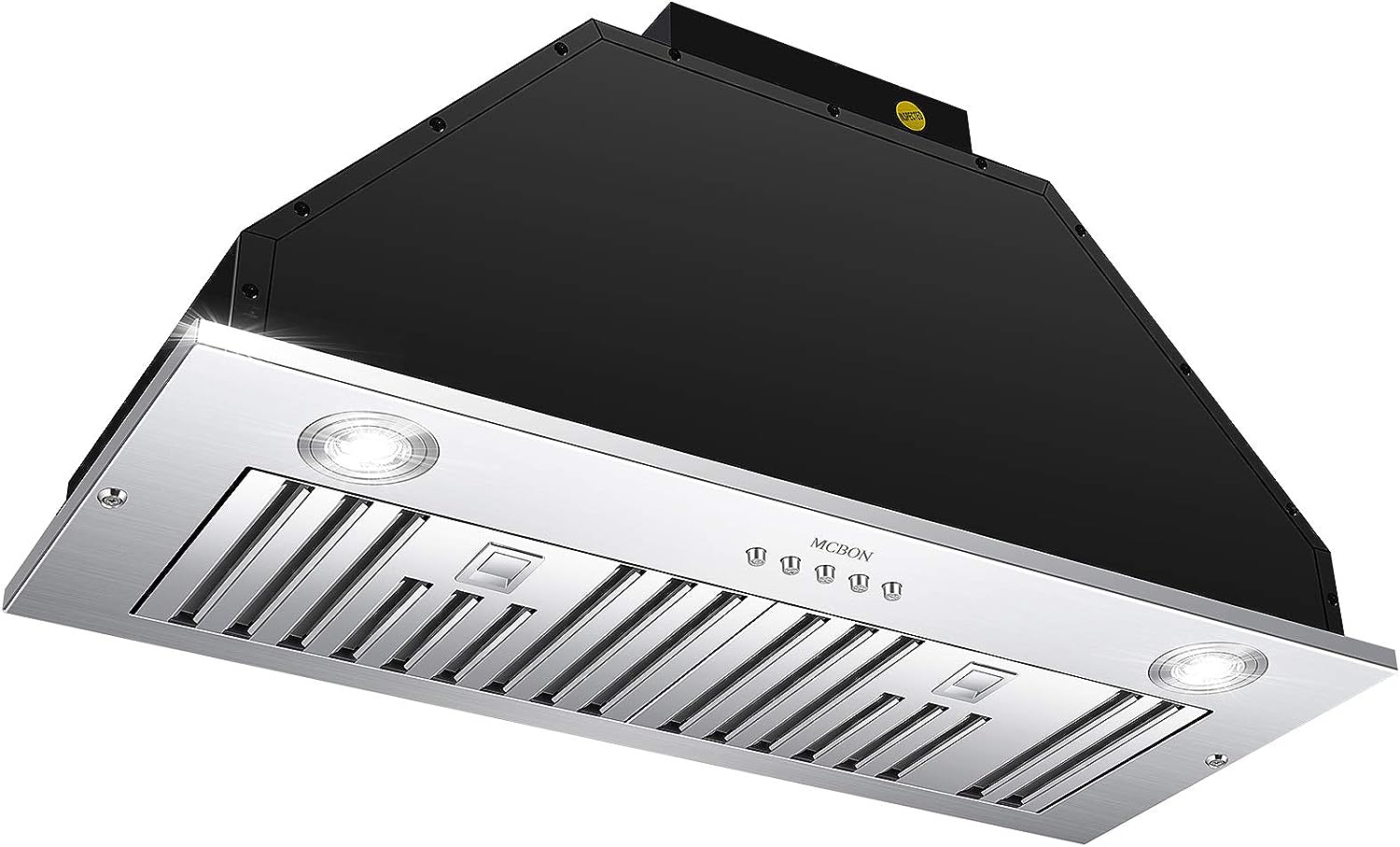
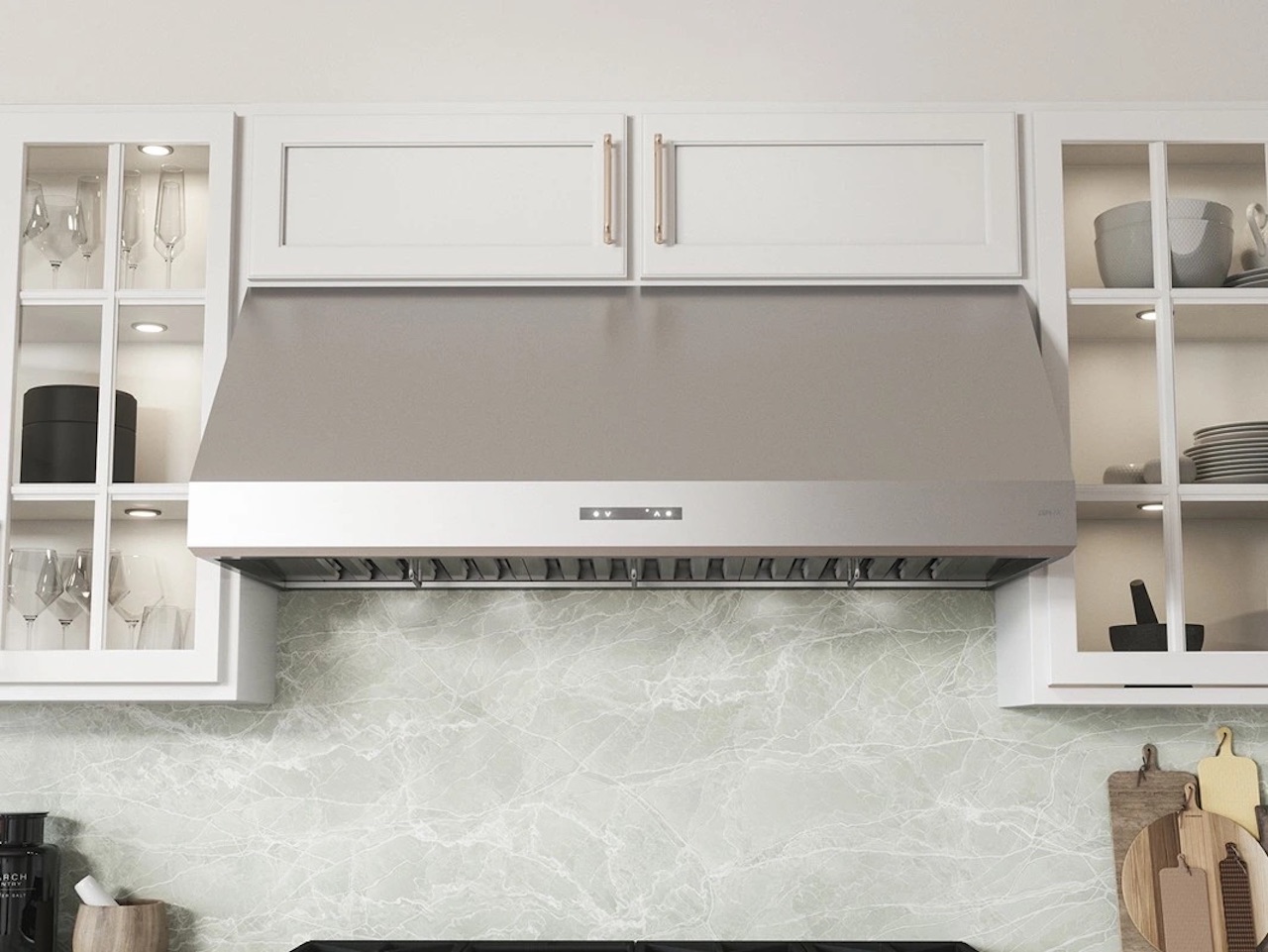
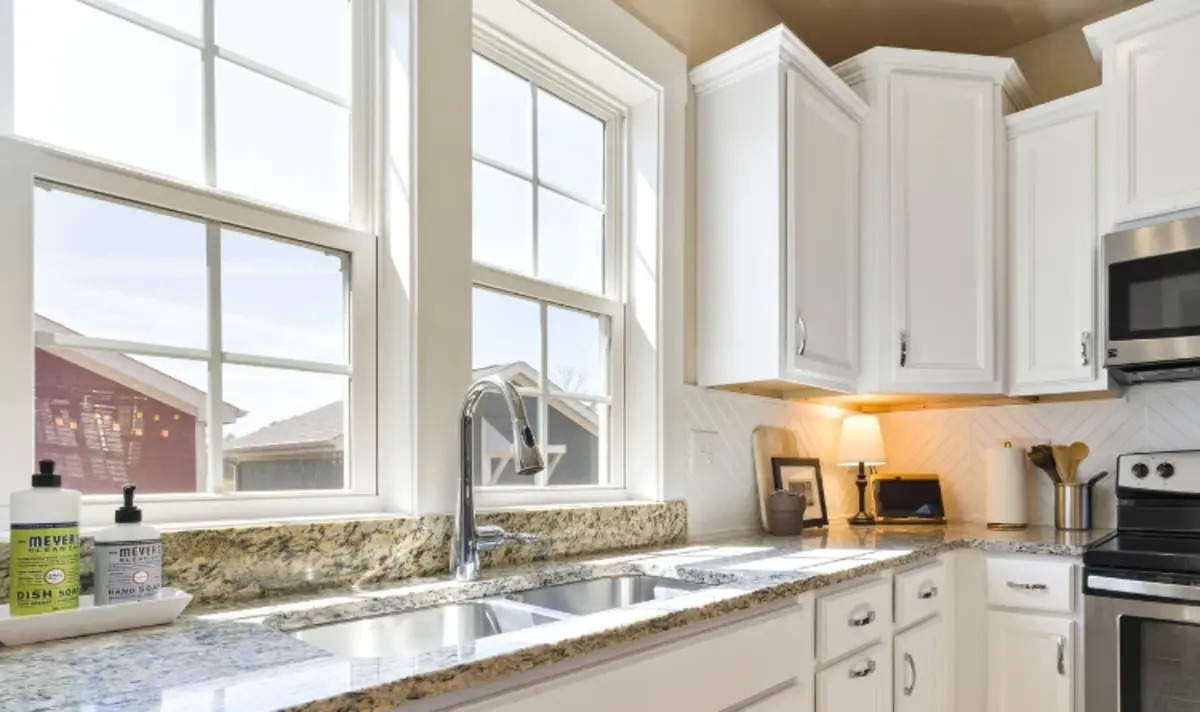
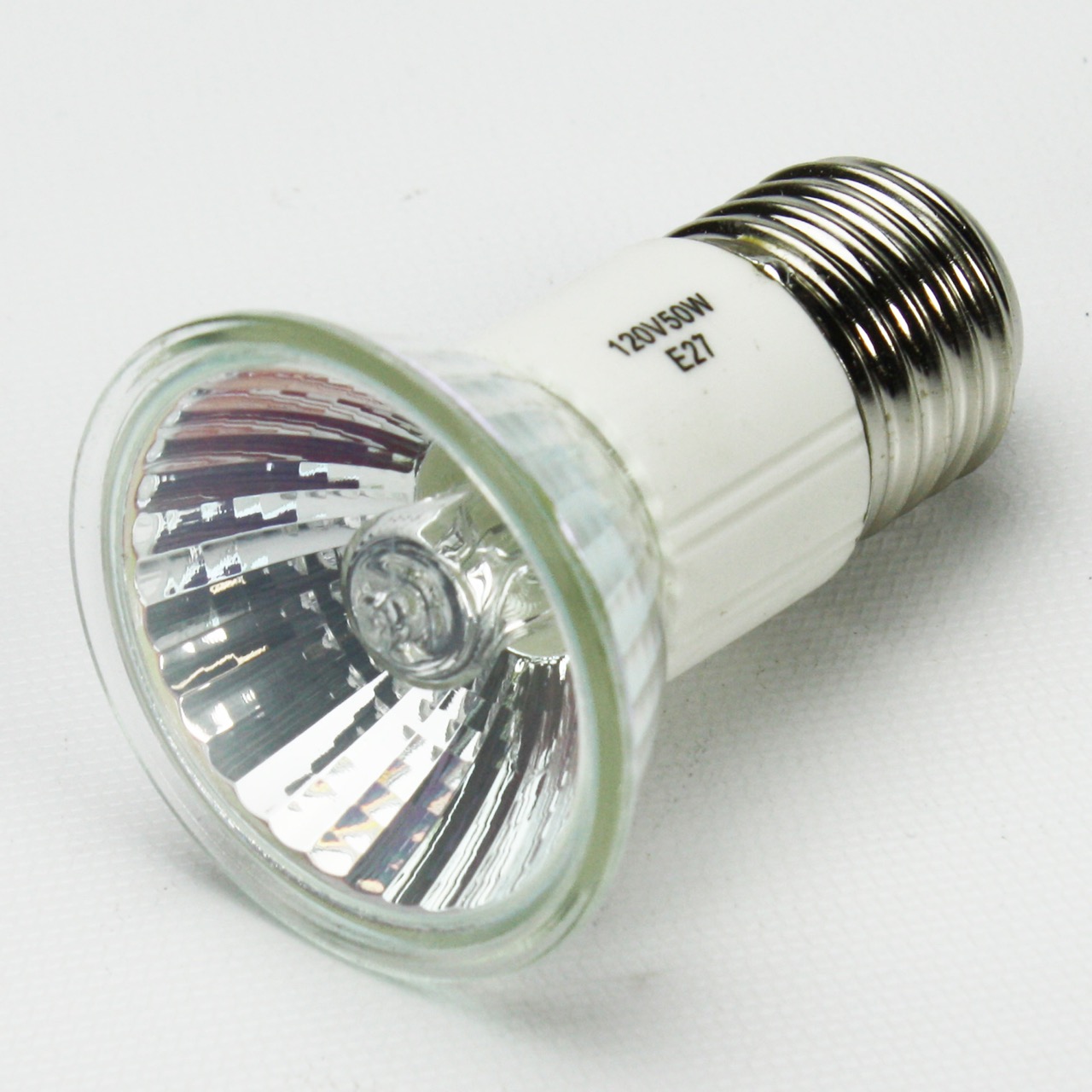
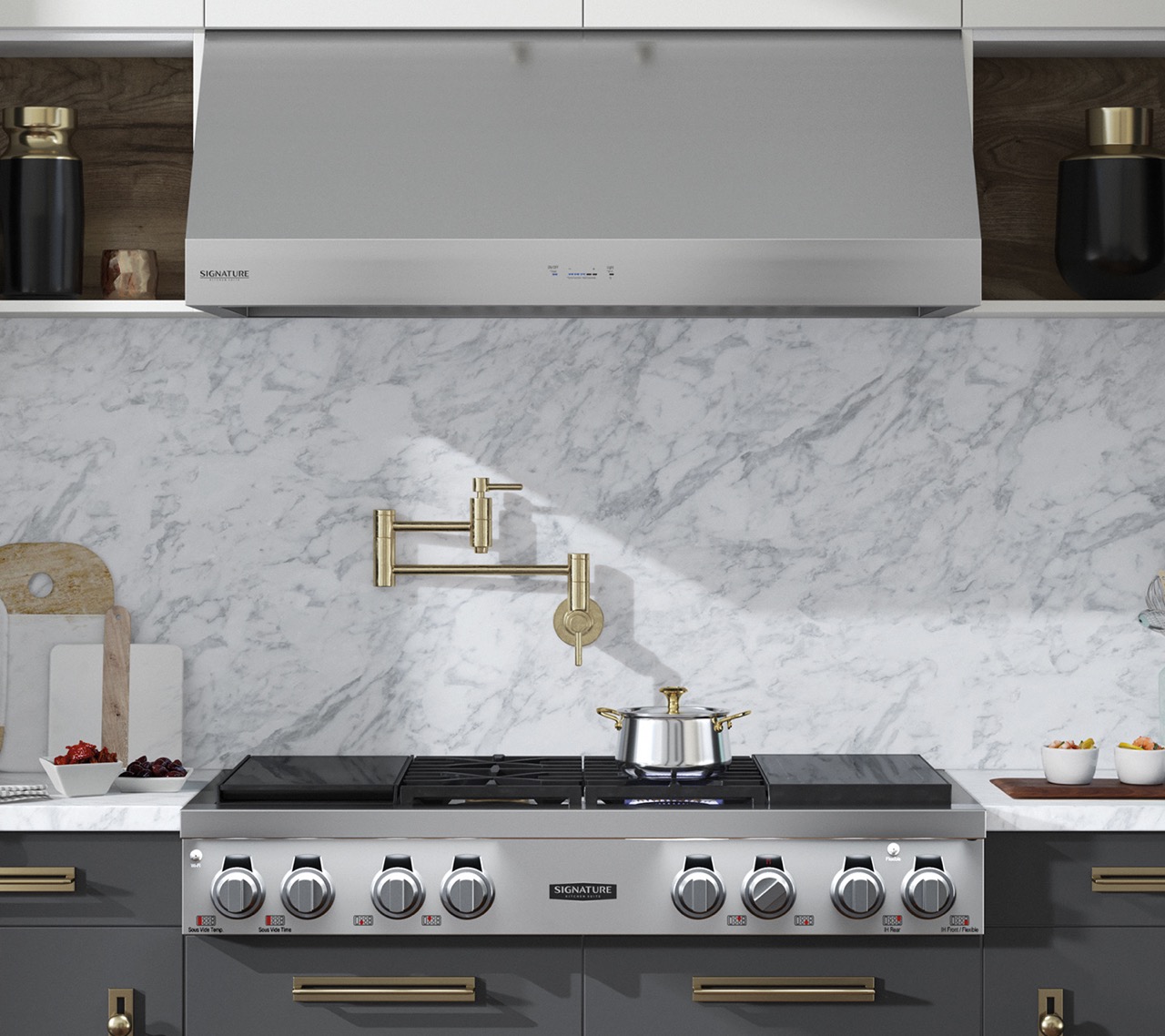
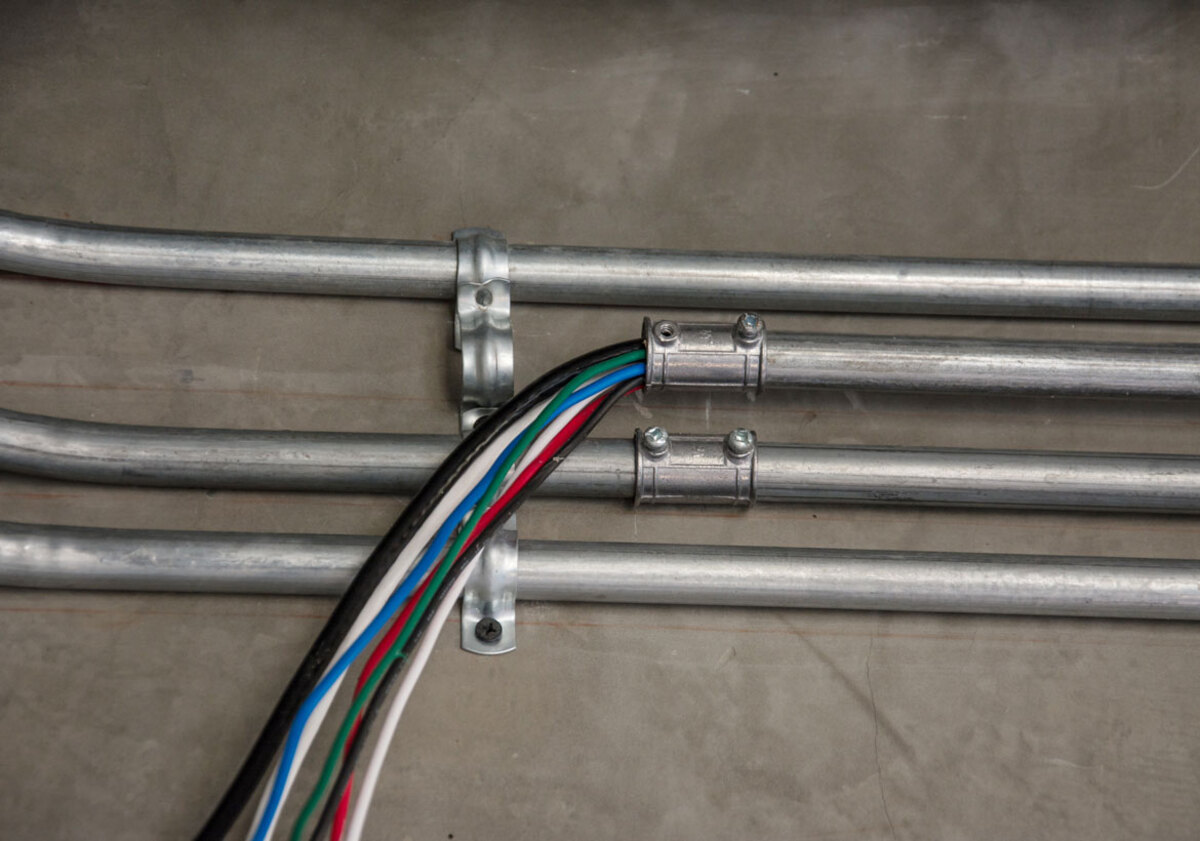
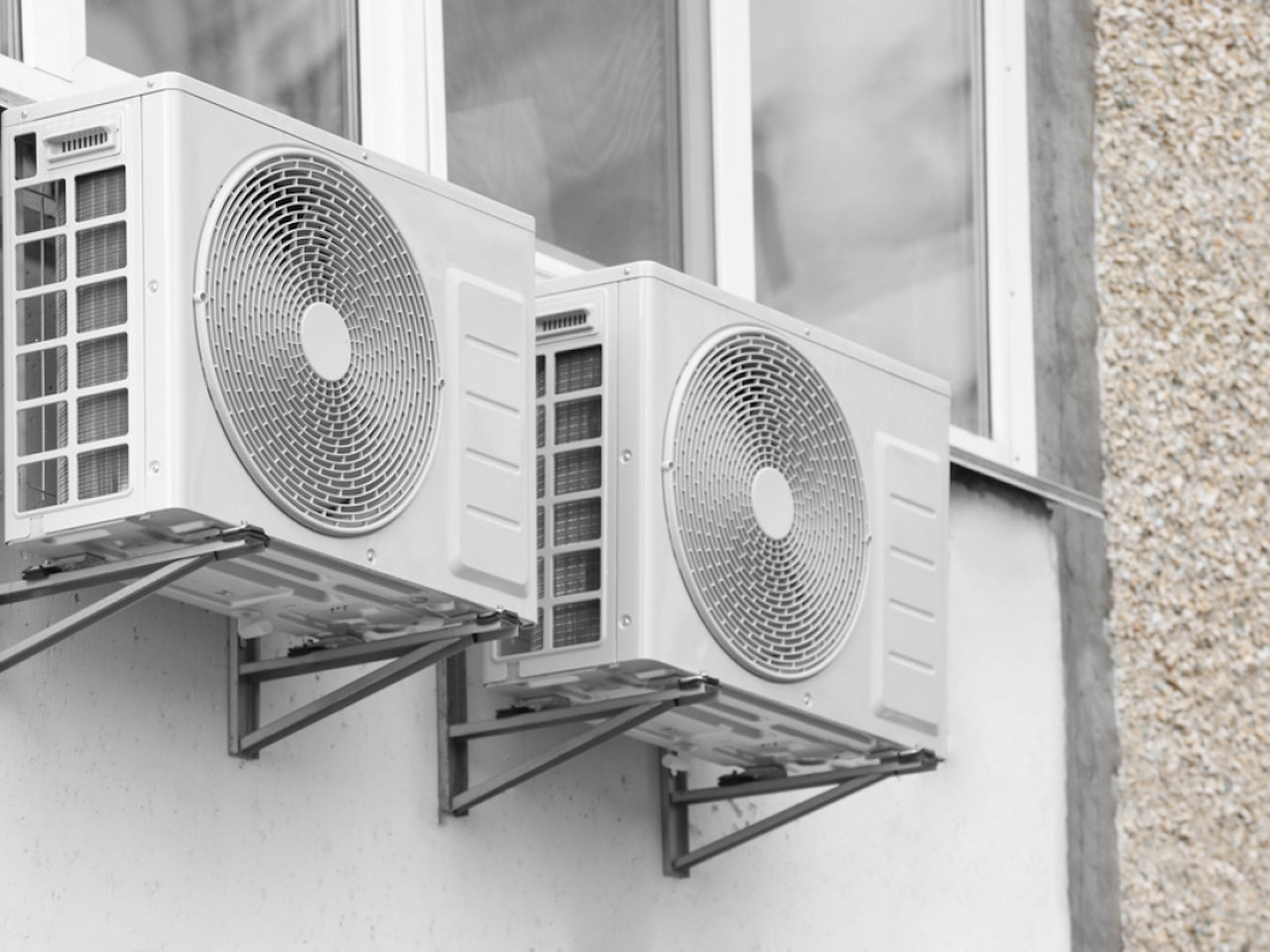
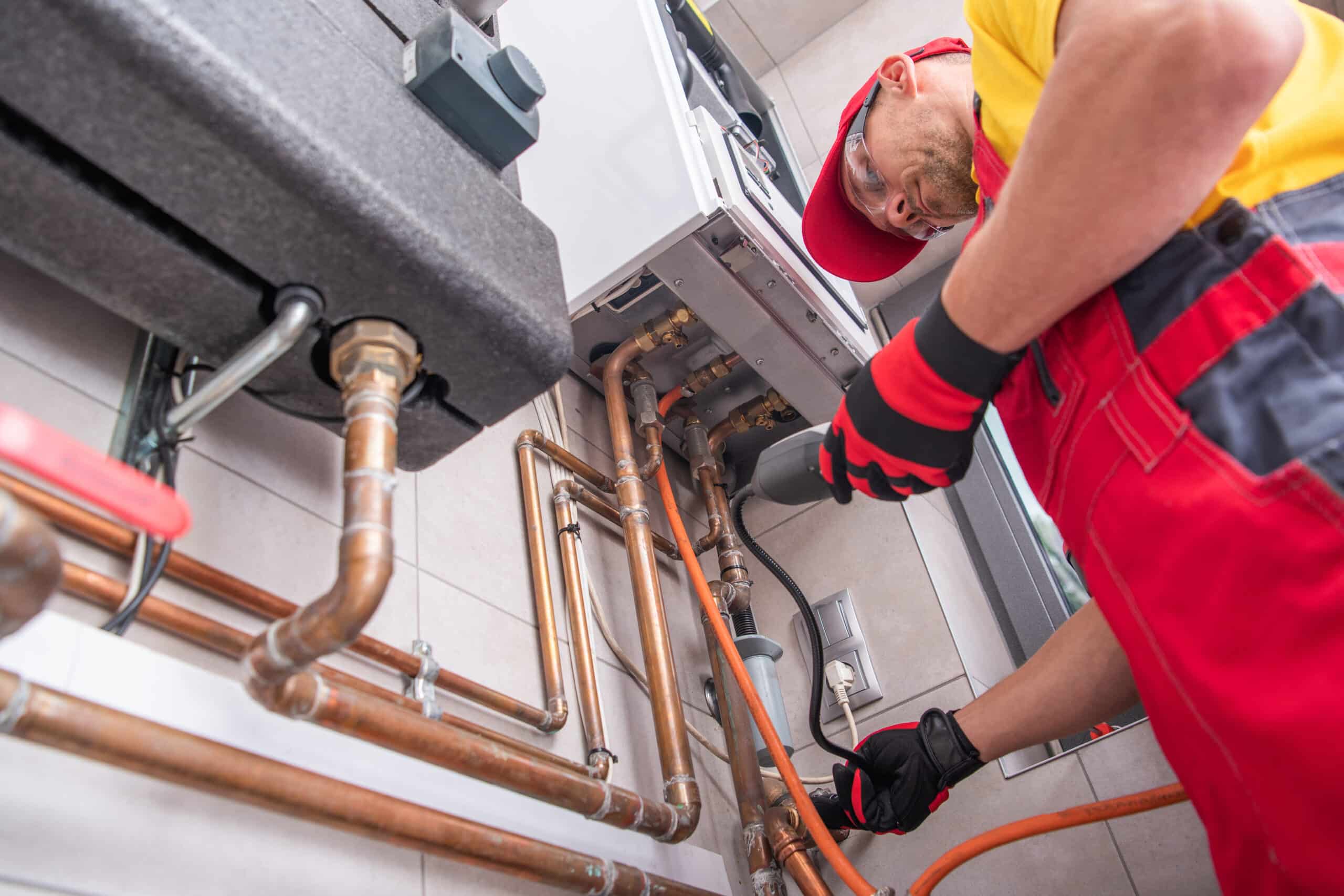

0 thoughts on “What Is The Ventilation System”